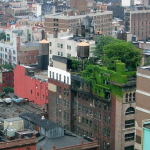
Most New Yorkers don’t have a backyard, though, especially in the more densely populated neighborhoods. Physical space is so scarce, it’s imperative to make use of the little space that is available to us. And it turns out there’s a lot of space if you just look up.
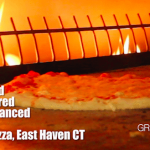
There are several local and nationwide programs attempting to revitalize these downtown areas. One of those programs is Greenworks Lending, a company that aims to rehabilitate businesses through clean energy solutions, where I’m working this summer.
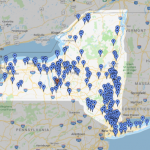
In the face of rising tides, severe weather and habitat degradation, 236 communities across New York are trying to figure out what it means to be climate smart. These local governments are working to build resilience against projected climate change impacts and reduce their greenhouse gas emissions, setting an example for forward-thinking communities around the world.

If you read Somayya Ali Ibrahim’s (C+S ‘09) resume alone before applying to C+S, you’d be hard-pressed to imagine her working at NASA. After all, she wasn’t exactly your traditional C+S student with degrees in pre-med and business administration.
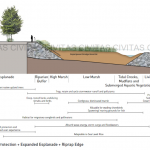
Any New York City history buff can tell you how closely the city’s fortunes are intertwined with the rivers and estuaries that snake around the five boroughs. Manhattan alone has 32 miles of coastline, but public access to that waterfront has fallen under the shadow of expressways on both the east and west sides of the island.
In 2017, New York’s waterways are a shadow of what they once were, and that could spell disaster.
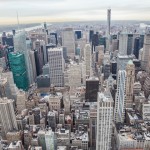
I live in a city. In a typical day, I wake up in the morning and I take a shower, I eat some toast, I drink some coffee, I grab my phone and head out. A normal city life, I guess. What could possibly be uncommon about it?









